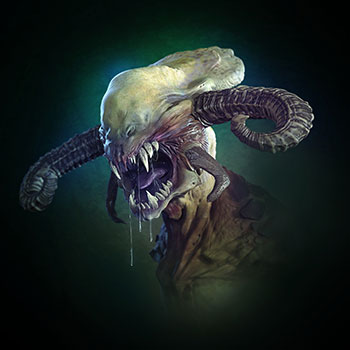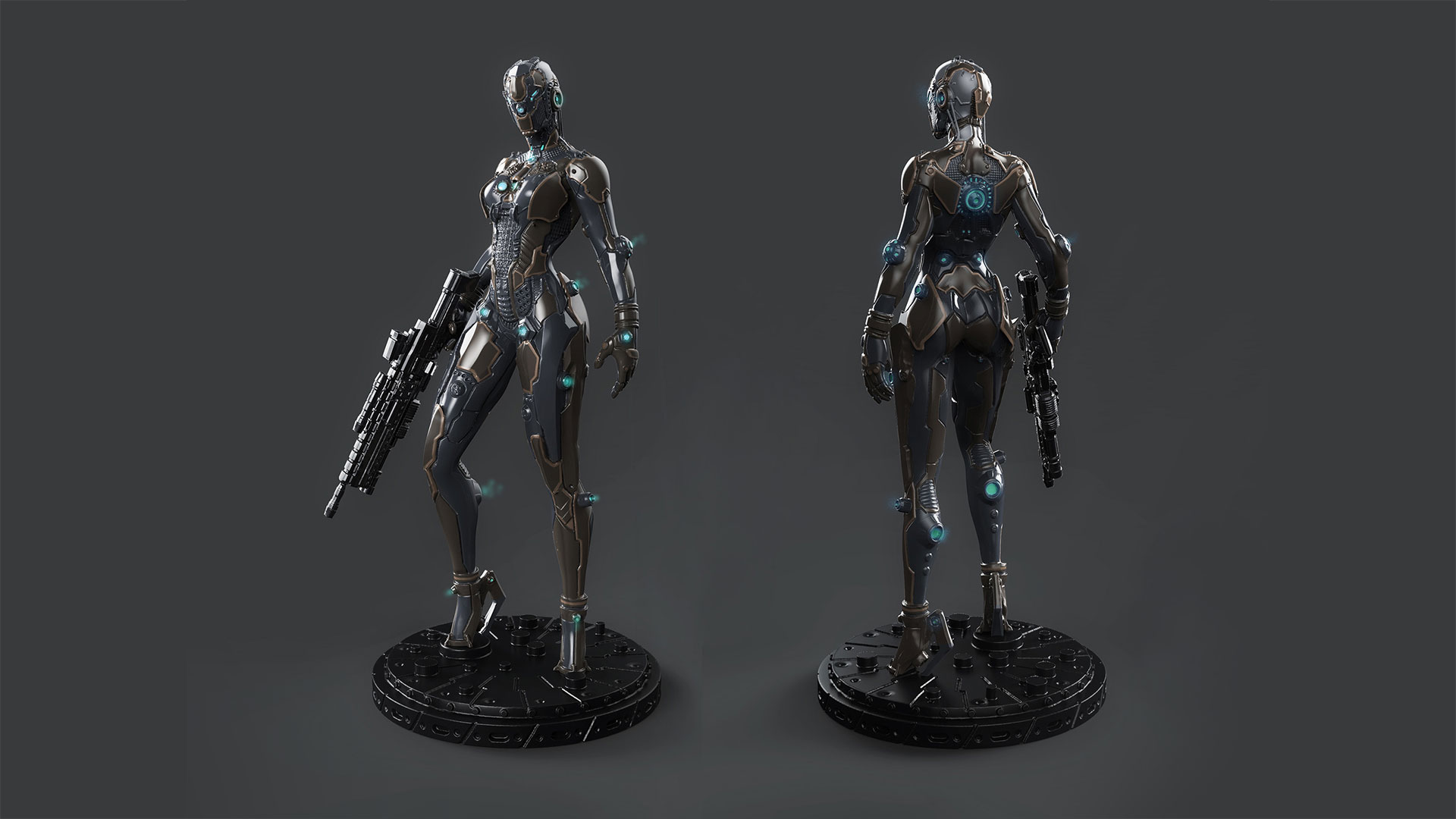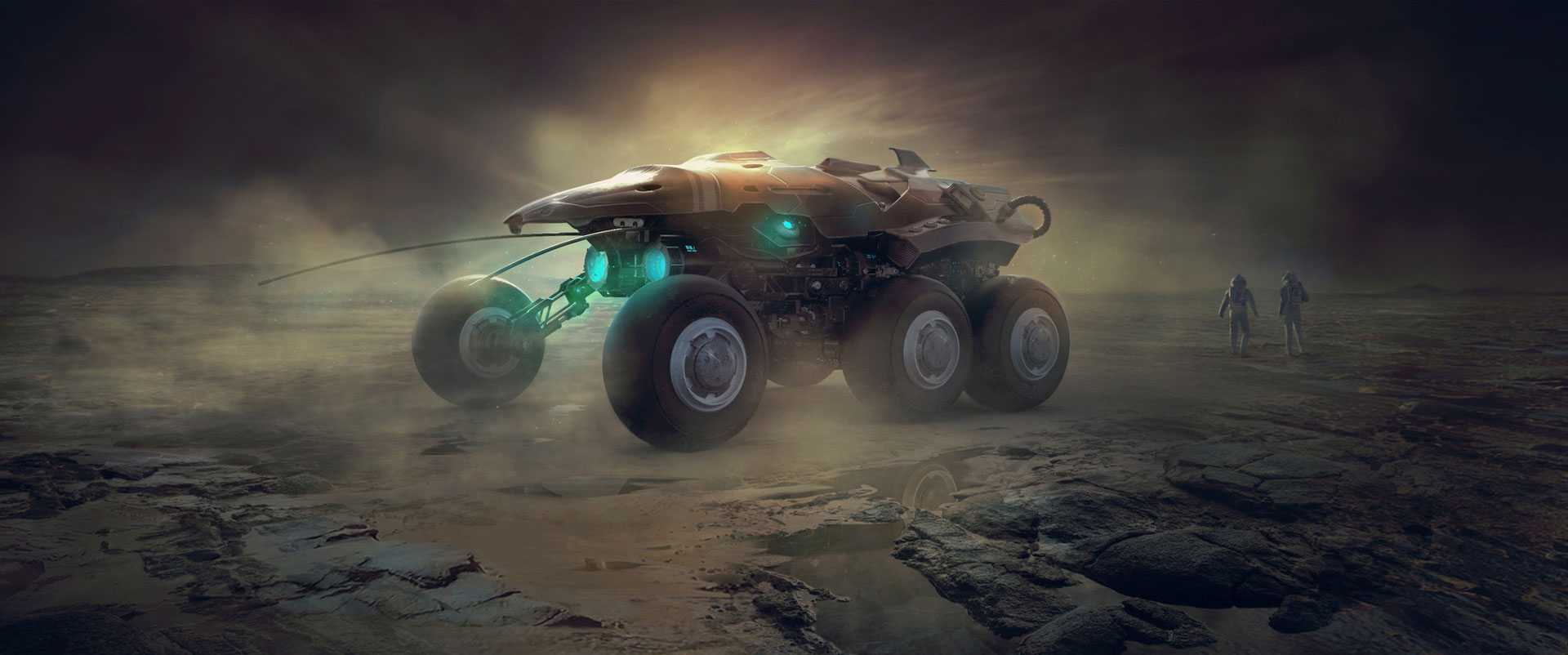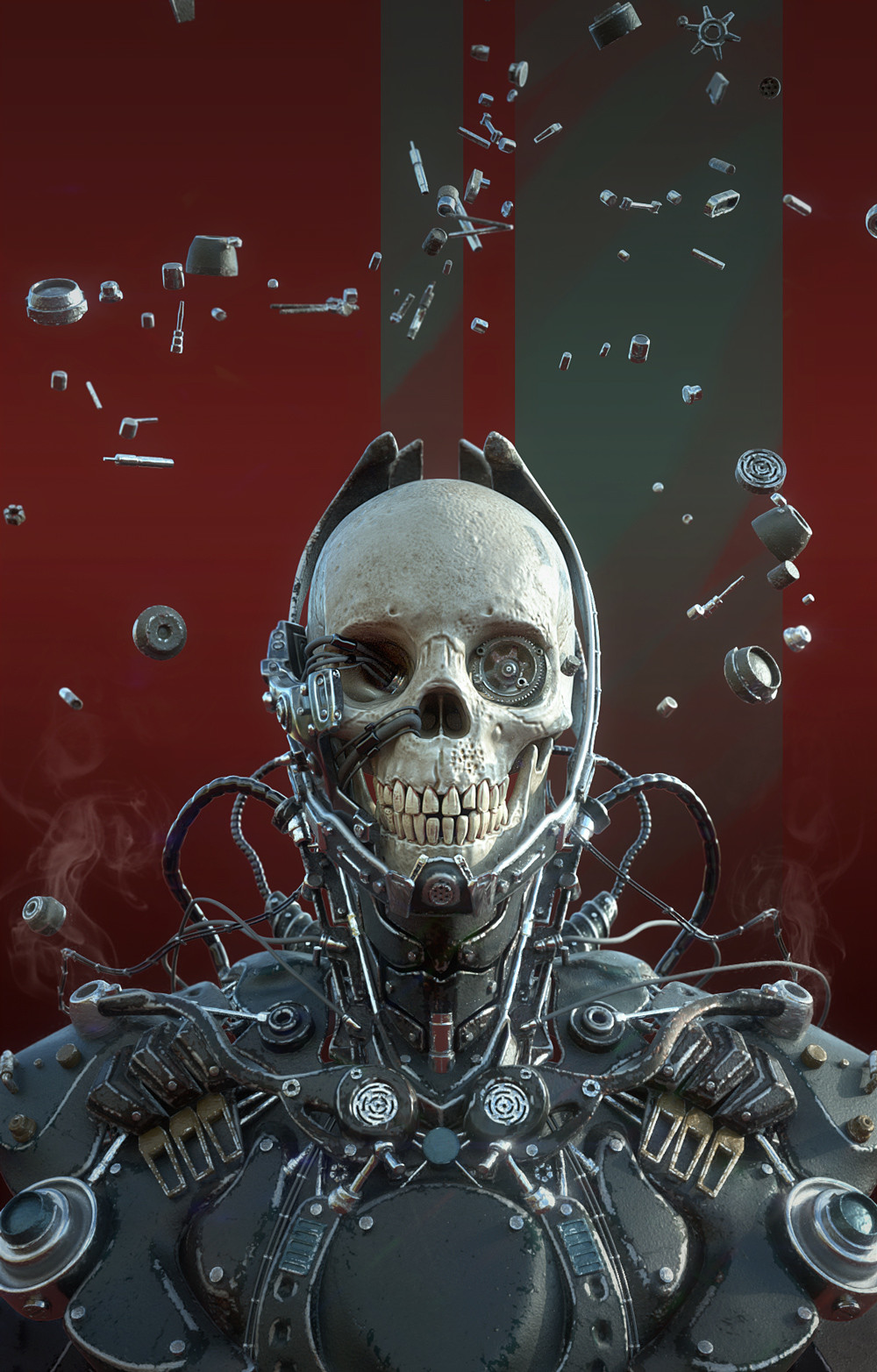Tarek Samaan’s incredible range of skill, broad tool knowledge and dedication has given him the opportunity to apply his craft across a range of disciplines and industries. From creature and character design to motion graphics and augmented reality environments, he has a unique perspective, sharing with us what inspired him and how he uses KeyShot.
Tarek Samaan
What sparked your interest in becoming a Concept/Character Artist?
I’ve always loved drawing. My father had amazing art books and I would look through them and trace some of the sketches. Watching cartoons added to my interest in art even more. I would think through how these cartoons were made or how backgrounds and characters were designed. It was when my dad bought for me a book about drawing Disney characters with simplified steps. Suddenly, by following these steps, I was able to draw some of my beloved characters. Later, I studied fine arts and my graduation project was focused on character and concept design. I was able to find work at a local production house in my country home where I started doing what I love and learning about 3D software and their capabilities to realize ideas. I still consider myself as only scratching the surface with much more to learn and explore.
What was the turning point in your career? or highlights or your career?
After the recession, I had to relocate to a different country. Without a permanent job for nearly a year, I took the opportunity to work freelance projects but had a lot of time on my hand, so used it to refine my skills, learn new techniques, and experiment a bit. I took some online character design courses and completely changed my portfolio.
 What is unique about your approach to a project?
What is unique about your approach to a project?
Before I start every project, as it can be a complete mess, I take some time to organize each aspect. Then jump in and start without thinking too much. It’s a lot like a jigsaw puzzle at the beginning–you have very little clue how the pieces fit together but the more time you spend the nicer and more complete the image becomes. Starting a project can be tough, and often frustrating because you’re not achieving the result you want as quickly as possible. With patience and persistence, however, it starts coming together and falls into place.
What is your primary 3D modeling software?
I use 3ds Max and ZBrush–3ds Max for hard surface modeling and ZBrush for sculpting but I am slowly getting into hard surface modeling using ZBrush as it’s becoming much more intuitive for this.
Where in the process do you use KeyShot?
From the middle to the end. I like to export the piece to KeyShot as soon as I have an interesting result, just to check how it looks with different lighting scenarios, which might lead to improvements with small model adjustments. After finishing the model, I export to KeyShotto play around with several HDRI’s, quickly applying materials and trying out different camera angles. No matter what the poly count is, KeyShot always handles it.
What makes KeyShot an important tool to have?
KeyShot helps me render instantly, explore different lighting scenarios and quickly apply materials–it makes exploring new ideas possible during the render of a final image.
What advice would you give to someone interested in doing what you do?
It’s not rocket science, it’s hard work! Always keep practicing, make more mistakes, and create something whenever you can. Even if it’s not perfect. Just don’t stand still.













